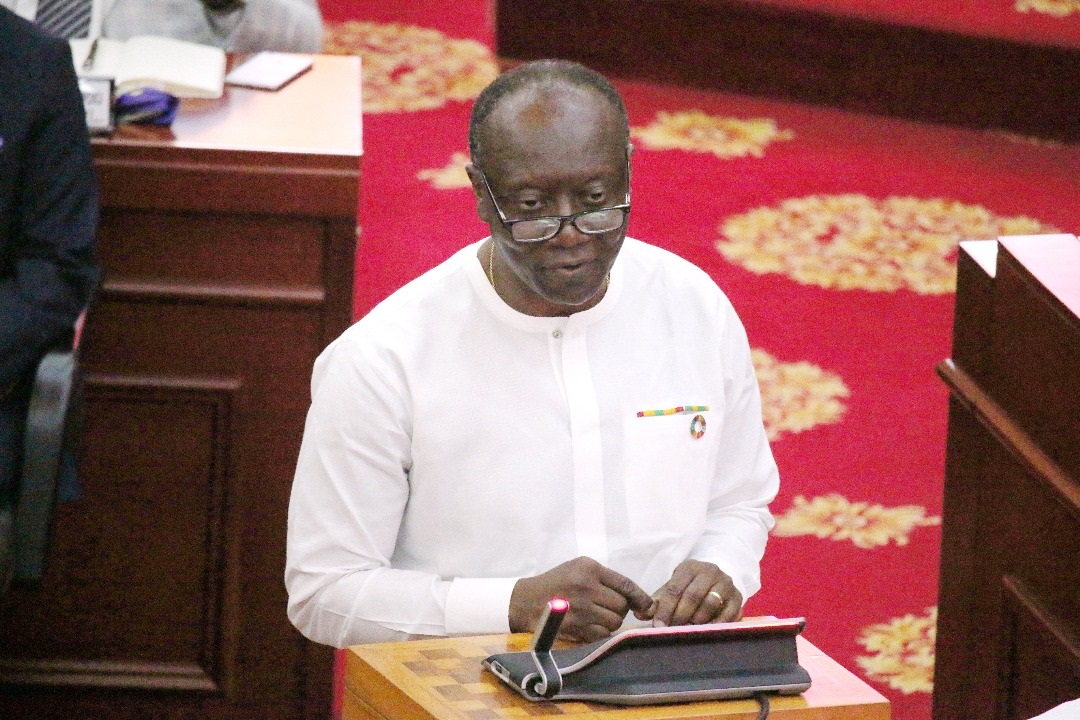
The government spent some $8.97 million on printing the new 100 and 200 cedi notes which were introduced in November 2019.
This is according to Finance Minister, Ken Ofori-Atta, who was responding to questions on the process in Parliament.
“This is made up of $4.45 million and $4.53 million for the GHS100 and GHS200 notes respectively,” the Minister explained.
He noted that “an amount of $5.39 million of the total contract has been paid.”
Why the new notes
The Bank of Ghana’s plan with the new notes was to address the deadweight burden on the economy from past inflation and cedi depreciation.
It also said the structure of the denomination has changed resulting in a shift in demand for higher denominations.
According to the Central Bank, GH¢50 and GH¢20 notes account for about 70 percent of the total demand of notes.
“Introduction of the higher value denominations in circulation are therefore necessary to ensure customer convenience, reduction in the costs of printing and other currency management processes,” the BoG Governor noted in November 2019.
Pledge to probe introduction of notes
When the new notes were announced, the Minority in Parliament said it would probe the matter if the National Democratic Congress, which its MPs are affiliated to, returns to power.
The Minority said the Bank of Ghana had not been able to give tangible reasons for the introduction of the new denominations.
Former President John Mahama also said the BoG did not go through the right procedure to introduce the new banknotes and that the decision was flawed.
The Minority also claimed the purported failure of the BoG to follow due procedure in introducing the denomination led to some institutions rejecting deposits of the denominations.
In response to the claims, the Bank of Ghana in a statement said it “went through standard processes to introduce the new denominations with integrity as it is to be expected.”




